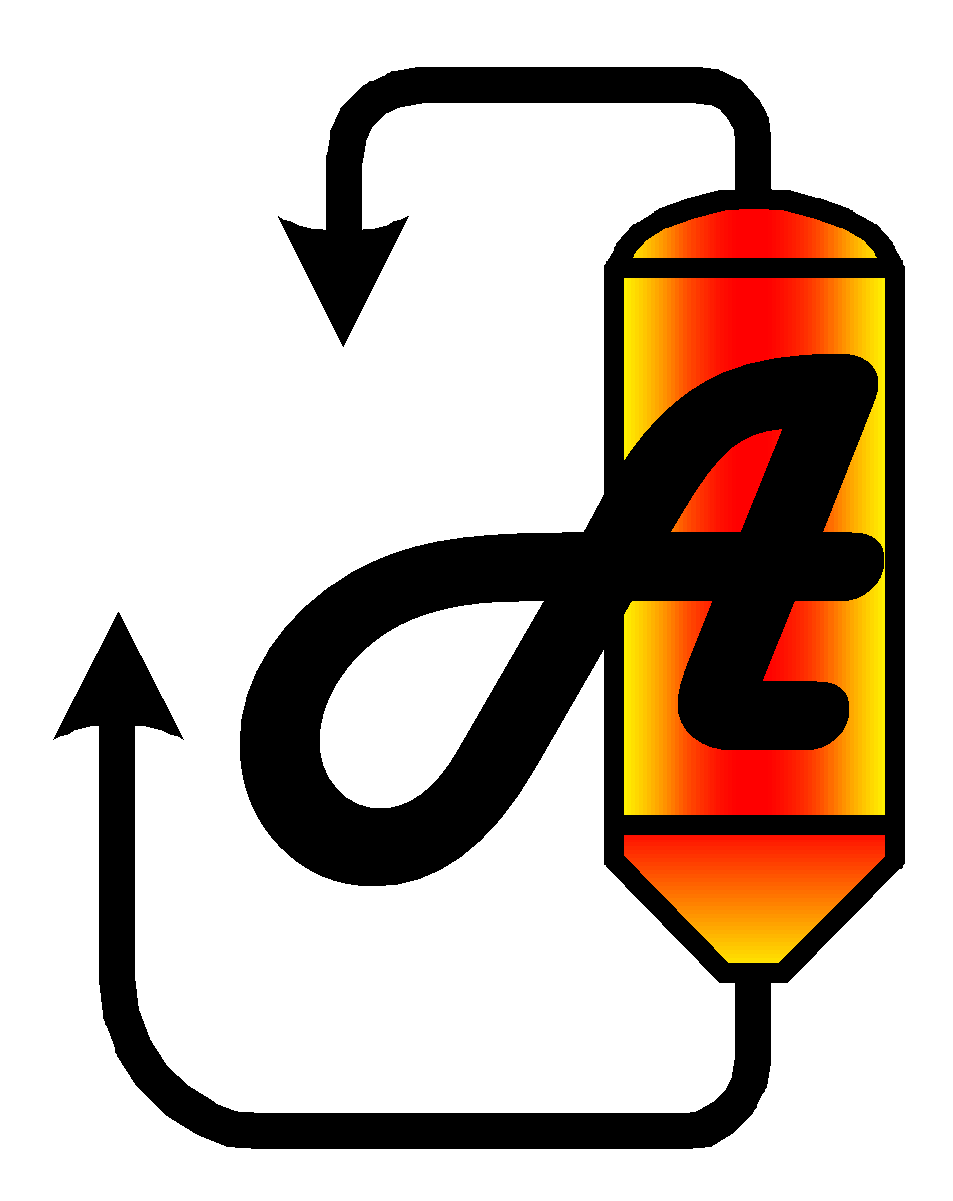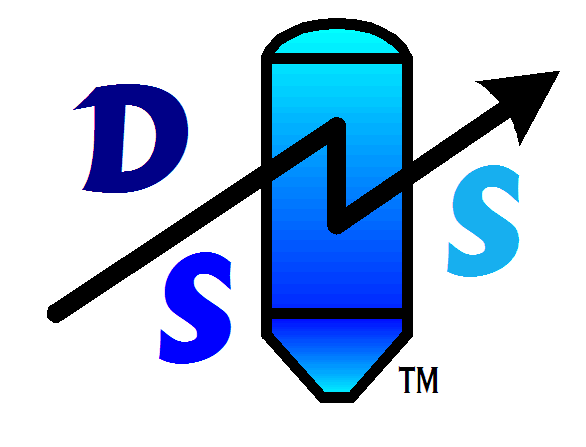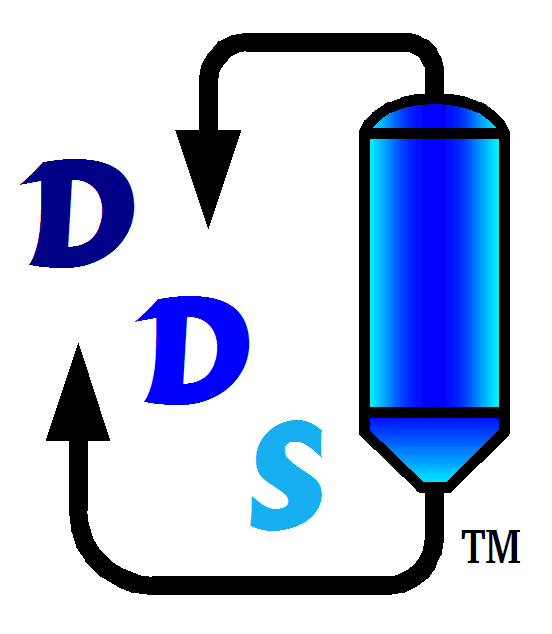|
The following
information will help you to understand the history of displacement cooking
systems.
Displacement Batch Digester Development
History
Where did Displacement Batch Digesting Start ?
In the 1980’s a company in Sweden,
the Rader Company, started experimenting with collecting the black liquors from
the digester before the pulp stock was removed with the hope of reusing the
residual heat contained in the liquors for subsequent use in future cycles. The
method that was invoked to accomplish this was to displace the hot liquors in
the digester with other cooler liquors before the pulp product was removed. The
displaced liquors were stored in a tank farm that was comprised of pressure
vessels and atmospheric tanks. The liquors were diverted to the different
vessels in the tank farm according to their temperature. The primary goal of
this additional equipment and complexity was to reduce energy costs.
Serendipitously, it was discovered that there were other benefits to this method
due to residual chemicals in the recycled liquors. These chemicals increased the
selectivity of the cooking reactions which subsequently increased the pulp fiber
strength while allowing the removal of more lignin from the furnish in the
digester (i.e. cooking to a lower kappa number). This decreased the lignin
removal requirement downstream in the bleach plant. They marketed this system as RDH, an acronym for Rader Displacement Heating.
- What are the
Commercial Systems Offered ?
The owner
of Rader at that time, Rauma Repola of Finland, sold Rader to the Beloit
Corporation in the USA with an agreement to retain the use of Rader’s RDH
technology that was developed to that point in time. Simultaneously with the
Rader activity, Sunds Defibrator of Sweden was developing and marketing a
displacement technology under the name of Cold Blow. The retained use of the
Rader RDH technology at Rauma Repola along with ideas from the Cold Blow system
were marketed by Sunds Defibrator under the name of SuperBatch, who had become
a subsidiary of Rauma Repola after the sale of Rader to Beloit. Sunds
Defibrator paid royalties to Beloit to use the Rader technology. The Beloit
system, Rader's original system, was still marketed under the acronym RDH, but
Beloit changed the reference to Rapid Displacement Heating.
Further RDH developments by Beloit yielded modifications to their systems which
were referred to by various titles such as: RDH Stage II, RDH Stage III, RDH IIIM, and RDH 2000. Sunds, today absorbed into the Metso Company, still
maintains the name SuperBatch for all their modern batch cooking systems.
Other companies have also attempted this blend of batch cooking with recycle
liquor management under different trade names (eg. EnerBatch and CBC from an
Austrian company), but the RDH family and SuperBatch offerings have been the
most successful. It is interesting to note that no two of these installed
displacement batch systems from any supplier are exactly the same, as each
installation has had process modifications to enhance heat recovery, chemical
recovery, chip impregnation, and production rates as the technical requirements
and availability of capital have dictated at that installation.
Who Owns the Technology
?
The basic
patent for displacement technology was owned by
Beloit until their disbandment in 1998, at which time it was purchased by
GL&V of Canada. This basic patent does not cover countries in Asia
Pacific, and expired worldwide in 2004. The other related patents
that Beloit owned were also purchased by GL&V of Canada, but they only cover a
few countries in the world and almost none in Asia Pacific. Chemical and
Pulping Ltd respects patent protection and does not offer unauthorized
technology. The information concerning patents as well as an electronic
search function can be accessed at various
government websites, including the
US Patent Office and the
Canadian Patent
Office.
| |
|
 Chemical and Pulping Ltd
Chemical and Pulping Ltd



![]()